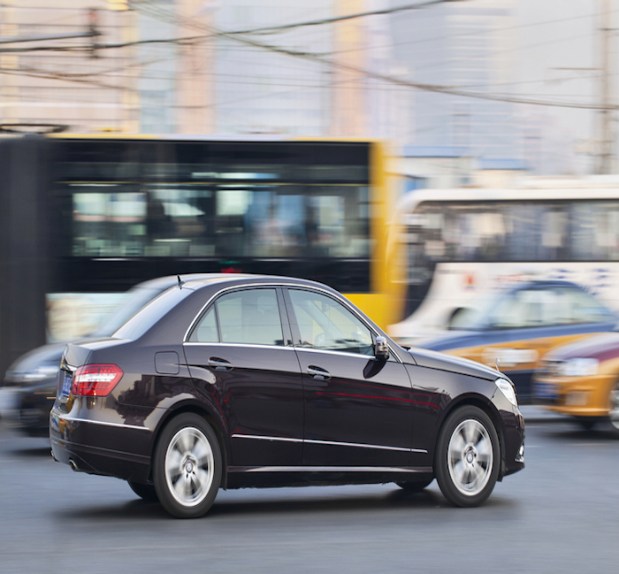Uber For Seniors And Kids – Shuddle – Nabs $9.6 Million

There’s Uber for adults who are app-savvy and can call a car with the tap of a button, but the ride-sharing service might be missing those in the population who aren’t as able to order a car for themselves via an app — young children and the elderly.
Enter Shuddle: the startup that has formed its business model around being a car service for that older and younger end of the age spectrum when it comes to the ride-sharing app services. The startup, however, might not be so small as the company announced yesterday (March 18) that it had raised $9.6 million in Series A funding, TechCrunch reported.
Unlike Uber, Shuddle is a series geared toward parents who might need a little help getting their kid from point A to point B; Shuddle essentially steps in as a carpool service, minus the brigade of minivan and SUV parents leading the way. Here’s how the service works, according to the company’s website: Users can schedule a pick-up time for the next day, or even a week in advance; the user meets the driver and gets a photo, short bio and vehicle description. Like Uber, though, drivers can track the ride in real time from start to finish.
But just who can be a Shuddle driver? Drivers must have face-to-face interviews to be approved, pass an extensive background check, and go through a personalized training session. Shuddle wants to be the extra car for parents who might have to be at two places at once, or a driver for an elderly user who might not drive anymore. Whatever the reason, the company stresses it’s safe for people — parents, specifically — to rely on.
“Shuddle drivers aren’t just anyone,” the company says. “We screen for friendly and reliable caregivers who have experience working with kids like nannies, teachers, babysitters, counselors and parents.”
CEO Nick Allen told TechCrunch that Shuddle is currently at capacity for drivers, and the company has only been out of beta testing since October 2014. Shuddle plans to add drivers each week, he said, along with more cities.
“Women have been largely excluded as drivers by other services because the experience can be unsafe,” he told TechCrunch. “They don’t know who they are picking up or where they are going. Women are attracted to our value proposition. These drives are in the daytime, you know it’s someone who isn’t threatening. It really is different and women are responding to this.”
